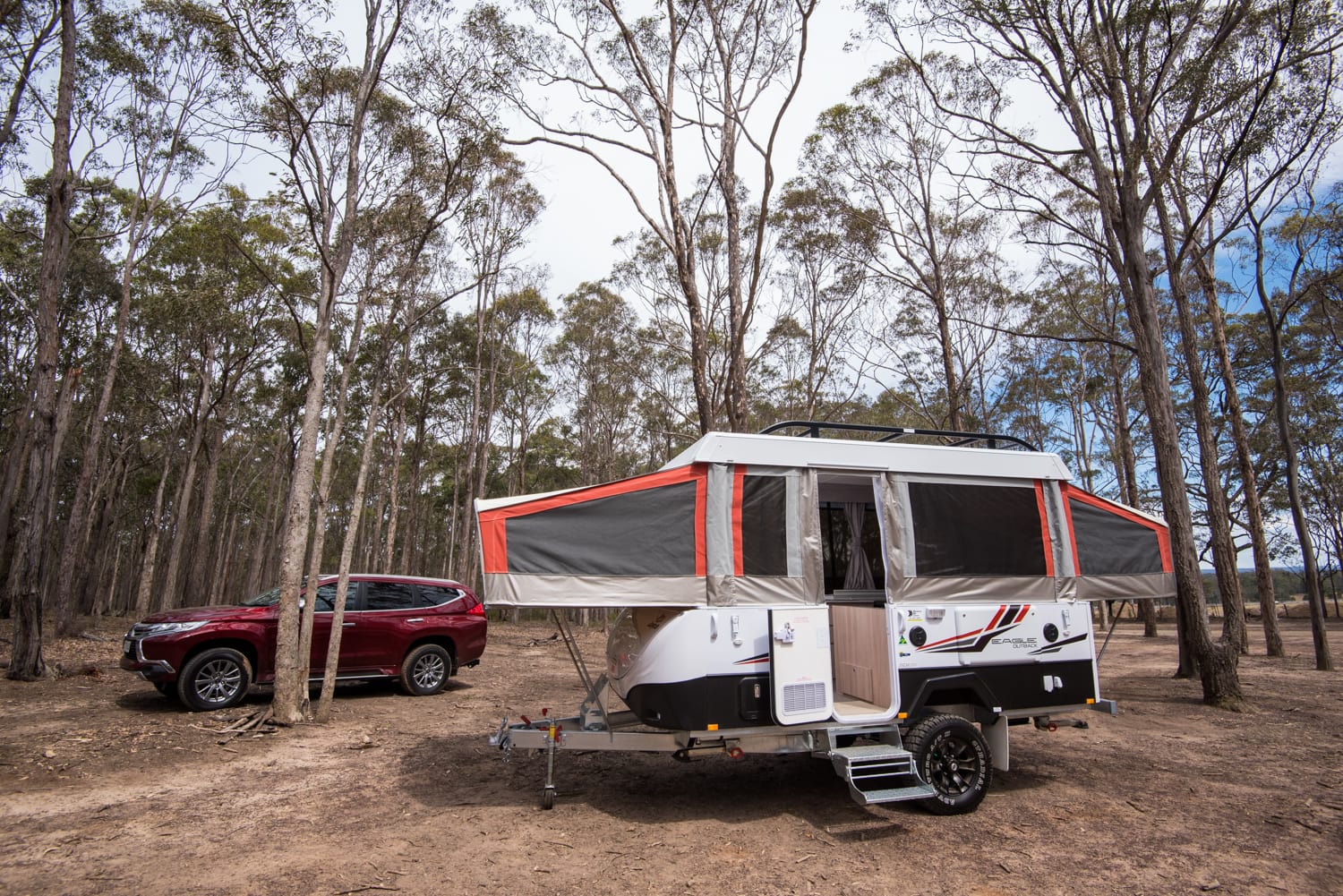Yep, no surprise, the 2021 Jaguar F-Type R is a proper, rip-snorting, beast of a machine. Weighing in at just over 1.7 tonnes, with 423kW/700Nm to propel it forward, in terms of straight line acceleration, it's every bit the scalded cat.
Bury the right foot and it will storm from 0-100km/h in just 3.7 seconds, with furious aural accompaniment courtesy of the 4.0-litre supercharged V8 and sports exhaust system. Electrically-actuated bypass valves in the latter's rear silencer remain closed until they automatically open under load, and boy, do they open up.
Prospective F-Type R owners wishing to remain on good terms with their neighbours will be pleased to know there's a 'Quiet Start function', but once you're a few blocks clear the engine is capable of alerting the entire suburb to you presence, complete with raucous crackles and pops on the overrun.
All 700Nm of maximum torque is available from 3500rpm through to 5000rpm, and mid-range thrust is ferocious. If you have access to a long enough private road Jaguar claims this car will storm on to a (electronically-limited!) maximum velocity of 300km/h.
The eight-speed auto transmission has picked up several tweaks courtesy of the XE-based SV Project 8, and it's brilliant. A conventional torque-converter based unit, rather than a dual-clutch, it's dubbed 'Quickshift', and that it does. Manual flicks between ratios, using the wheel-mounted paddles, are rapid and positive.
Head for your favourite B-road, and it's the F-Type R's ability to put every bit of its power down, without fuss, that impresses next. Push into a series of tight corners and the car grips, settles, and simply surges from one bend to the next, the tricky AWD system seamlessly shuffling torque between the axles and individual wheels.
The standard electronic active diff, and torque vectoring (by braking) also help keep everything under control, turning backroad tryhards into apex hunting virtuosos.
Suspension is by (aluminium) double wishbones front and rear, with revised springs and anti-roll bars added in the 2019 upgrade. Continuously-variable dampers underpin the 'Adaptive Dynamics' system, learning your style and adjusting accordingly.
The electrically-assisted power steering combines great road feel with satisfying accuracy, and the car feels balanced yet agile and responsive in enthusiastic driving.
In a more relaxed mode the adaptive set-up detects rough road conditions and adjusts the suspension settings for greater ride comfort. According to Jaguar, the damper valves and control algorithms have been recalibrated to improve low-speed comfort and high-speed control, and I can vouch for their effectiveness.
Not long after steering this F-Type R I spent some time in the supercharged V6 F-Type P380 R-Dynamic, and this R is far more compliant.
Rubber is a specially-developed Pirelli P Zero (265/35 fr - 305/30 rr), and the supremely efficient brakes are ventilated 380mm at the front, and 376mm rear.


